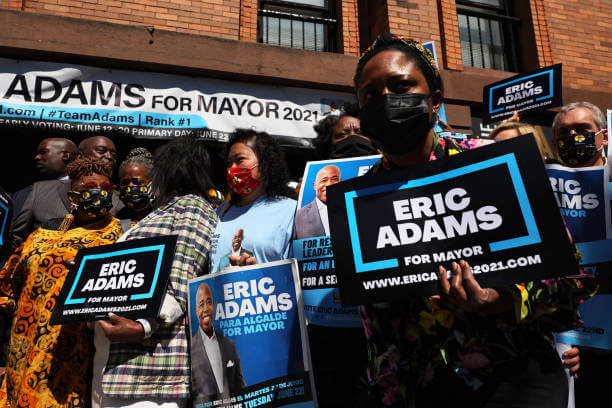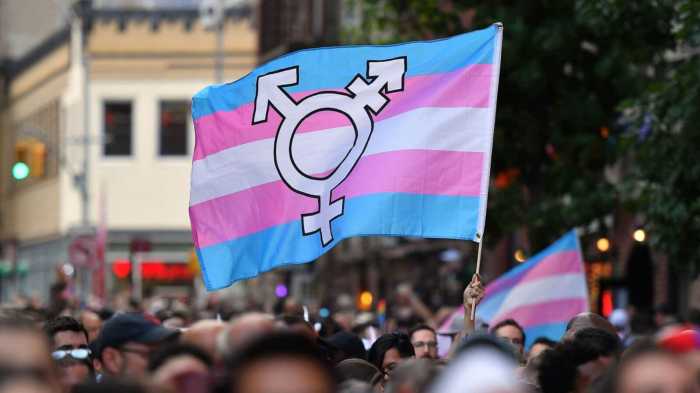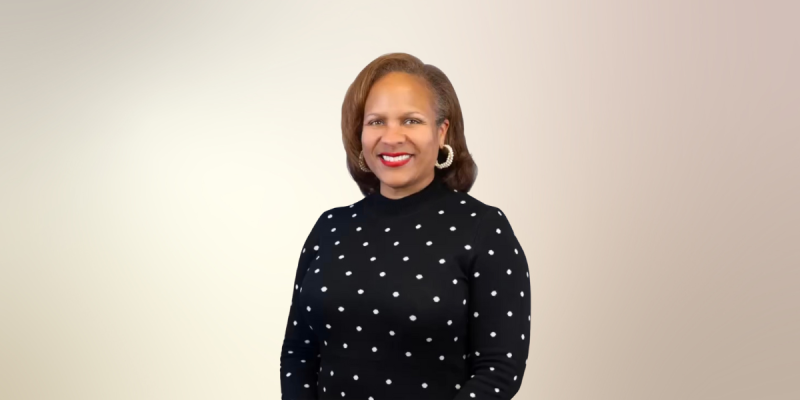Ranked-choice voting (RCV) had far more benefits than drawbacks for New York voters in the 2021 primary, according to an analysis released Monday by the good government group Citizens Union.
The report concluded that RCV did what it was designed to do when voters approved the system in a 2019 ballot referendum: increase voter interest and participation; reduce “wasted votes;” eliminate costly and sparsely-attended runoffs; and pave the way for a city government that better represents the Five Boroughs’ demographics.
Citizens Union released the report on the same day as a state Assembly hearing in Brooklyn on RCV, which was expected to draw opponents of the system who seek its repeal. A number of city lawmakers, including Queens City Council Member I. Daneek Miller, want another ballot referendum asking voters to reaffirm or repeal RCV over concerns about voter confusion and electoral integrity.
But those concerns, according to Citizens Union Executive Director Betsy Gotbaum, are “largely unfounded,” and the analysis found that the results of RCV were “overwhelmingly positive” for the city as a whole.
“New Yorkers enthusiastically embraced ranked choice voting and easily navigated the new system,” said Gotbaum, the city’s former public advocate. “It gave more voters a say in who runs our city, helped drive up voter turnout, led to a more diverse pool of candidates, and helped more women and people of color win.”
Voters approved RCV through a ballot referendum in November 2019, something which bristles RCV critics who pointed out that the off-year election had one of the lowest turnouts in recent memory.
Citizens Union does not support a second referendum on RCV, according to a spokesperson for the group.
Less waste, more filling
Under the RCV system, each voter gets to select up to five candidates in order of preference. If no candidate secures a majority of votes on the first ballot, the ballots are recounted in individual rounds — with the candidate with the least support in each round eliminated. Voters who had their first candidate eliminated would then have their lesser-choice votes counted toward the candidate of their choice. This system of counting and eliminations goes on until one candidate has achieved a majority of votes.
According to the Citizens Union analysis, RCV resulted in fewer “wasted votes” on less popular candidates. In 2021, just 14.9% of voters (139,459) had “inactive ballots” in the final round of RCV. That’s down from the 33% of voters (more than 228,600) who had voted for only one less-popular candidate in the 2013 mayoral primary — the last time in which the incumbent mayor was not on the ballot for re-election.
Moreover, voter turnout in the 2021 primary was far higher than the one eight years earlier, Citizens Union reported. Close to a million voters participated in the contest, up from the 772,241 people who showed up at the polls in the 2013 primary.
These voters also seemed to be more engaged in down-ballot races; the report found that turnout increased in 41 of the 44 races contested in both the 2013 and 2021 primaries. Some City Council races saw participation jump by between 70% and 90%.
“Under RCV, voters had more choices on their ballots,” the Citizens Union spokesperson added. “And New Yorkers knew that. Voters didn’t have to be afraid of a spoiler effect, of opting for ‘strategic voting,’ or of having their vote ‘wasted’ on candidates who were traditionally less popular with voters overall. All of these are contributing factors [toward boosting turnout].”
RCV also eliminated the need for runoffs in elections where no one candidate secured 40% of the vote, as it had in past years. Runoff elections tend to draw only a percentage of the voters who participated in the primary, costing city taxpayers millions for low-participation elections.
Diverse victories
More importantly, Citizens Union concluded that RCV helped more women and people of color win elections.
The primary results indicated that women are projected to hold the majority of City Council seats (28 of 51) for the first time in the legislature’s history. That effort was not exclusively the result of RCV, as other campaigns such as the “21 in ’21” initiative helped promote women running for City Council seats.
Additionally, 35 Democratic primary winners identify as people of color, up from 26 in the current City Council, it was reported.
Citizens Union also pointed to an exit poll from Common Cause/NY and Rank the Vote NYC of June 22 primary voters which found that the vast majority found RCV “to be easy and straightforward, with 80% of voters indicating that the new system was ‘very simple.’”
The exit poll also indicated that more than 60% of Black, Hispanic, white and Asian voters said they found the system easy to understand, and would approve continuing its use.
But RCV will not be employed in the November general election. RCV is only permitted for use in primaries and non-partisan special elections for city offices.
This story appears courtesy of our sister publication amNewYork.




















